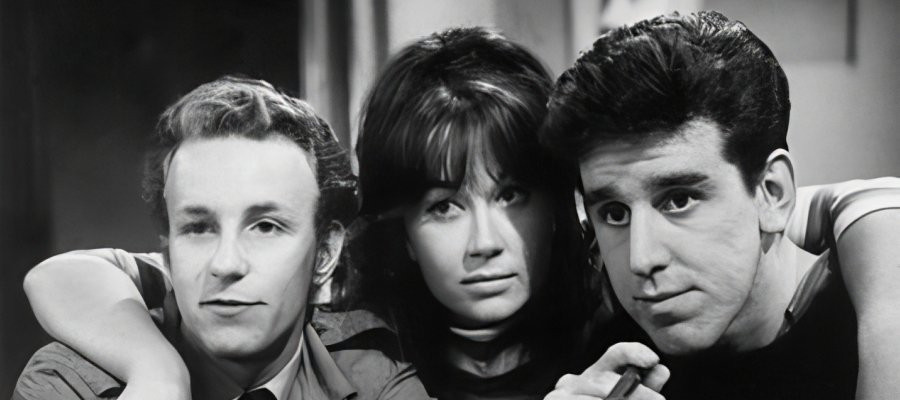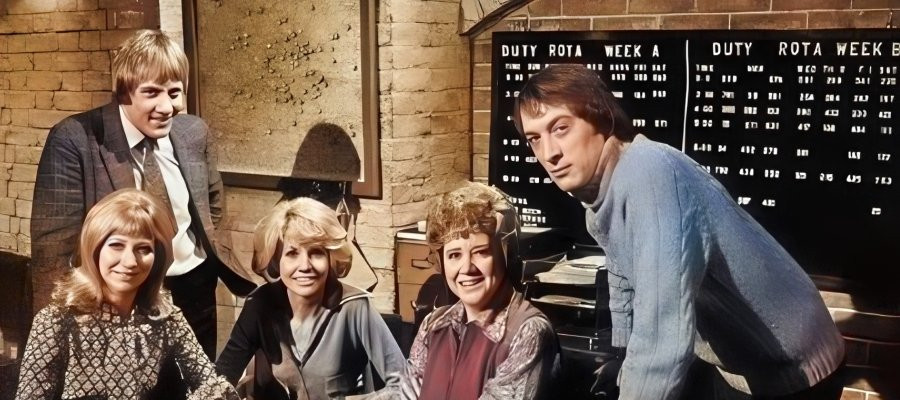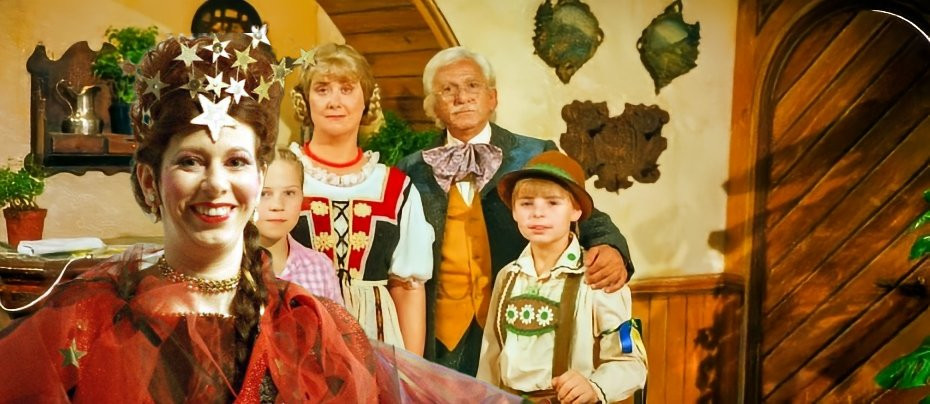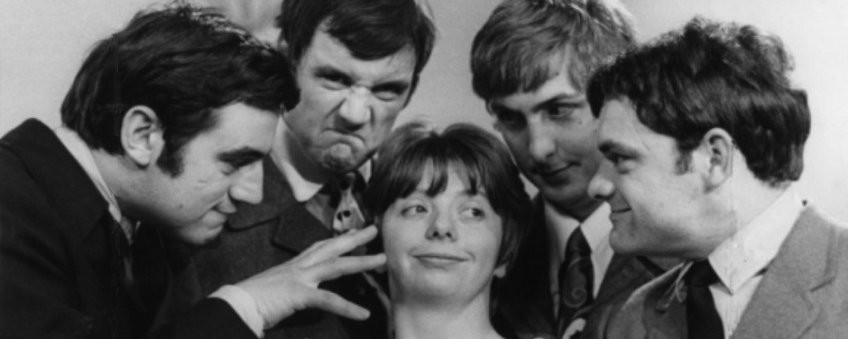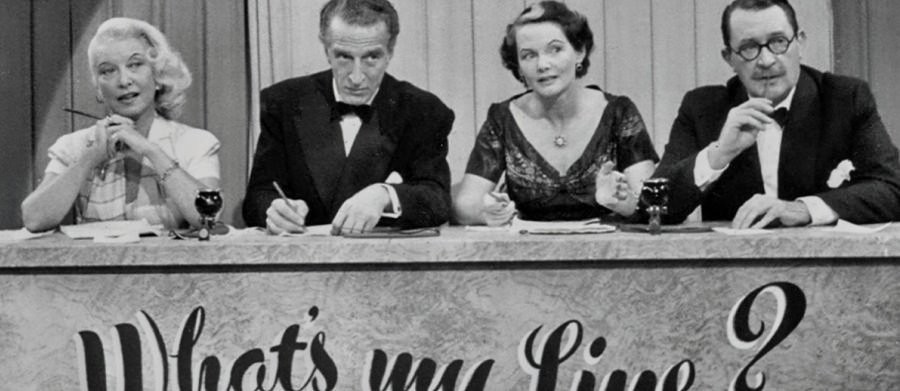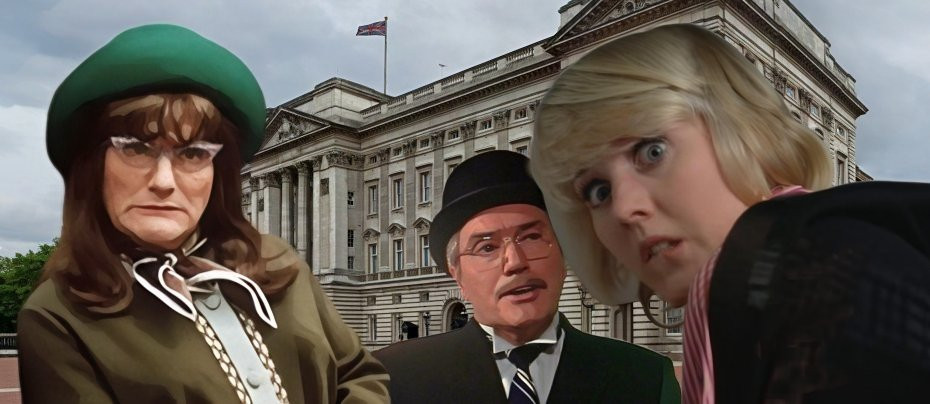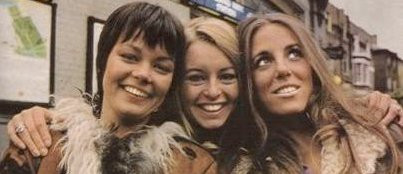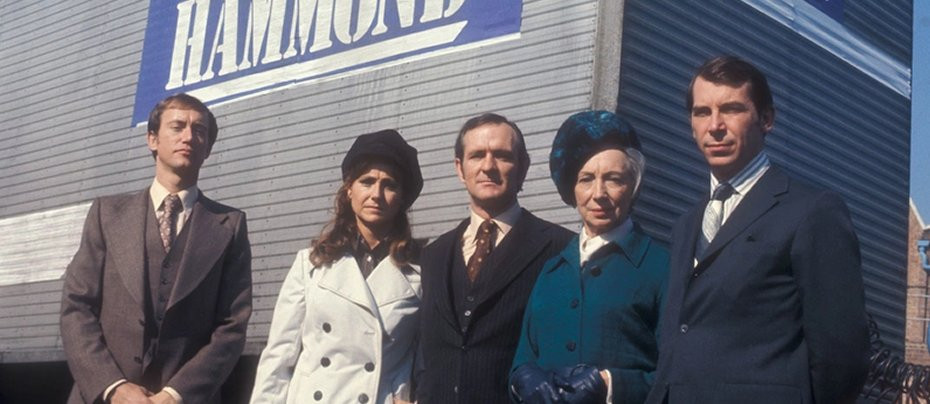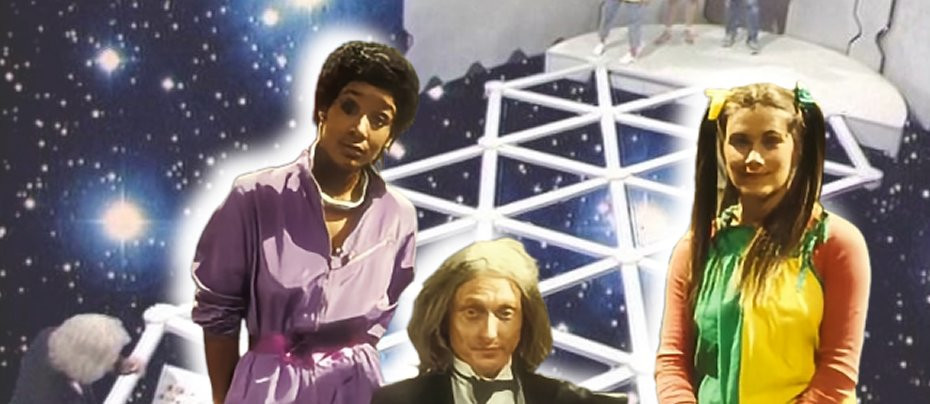
The Adventure Game
1980 - United KingdomThe brainchild of Patrick Dowling and devised with the help of Ian Oliver, The Adventure Game was inspired by the early text-based computer game of Dungeons and Dragons and had elements of Douglas Adams' radio comedy The Hitchhiker's Guide to the Galaxy.
Dowling had been working at the BBC since 1955 and had become a senior producer in the Children's TV Department. For the last ten years leading up to The Adventure Game Dowling had been working on Vision On, the programme for the hearing impaired - but that was now finishing and he was looking for a replacement. Initially Dowling approached Douglas Adams and outlined the general idea to him in the hope he could get him to write it up. But Adams had just been offered the chance to transfer his radio series to television and was busy adapting his own scripts. Dowling later explained his vision for the series: "I suppose the general idea that emerged was to face a group of three studio visitors with a bizarre and completely unknown surreal set of situations, with only the instruction "to progress" and just watch them get on with it. Which is, roughly speaking, what happened. But this was the point I got Olly in on it because I knew I wouldn't be able to direct from the gallery at the same time as keeping some sort of control over what might happen. We collaborated on the development from then on."
The planet Arg is situated millions of light years away on the far side of the galaxy. It is home to a race of shape-changing dragons led by the Great Rangdo (Ian Messiter and later Kenny Baker). In each episode three humans are marooned here and must find a vital crystal in order to power their starship home. Rando's loyal subjects included Darong (all the characters and place names were made up from the letters in "dragon"), who met the humans in the form of BBC newsreader Moira Stuart, Gandor, who took on the human form of a white haired butler (Christopher Leaver), his neice, Gnoard (Charmain Gradwell), who presented TV broadcasts on ArgoVision, and Ron Gad (Bill Homewood) who spoke backwards. Other characters were added with each series such as Blue Peter presenter Lesley Judd who appeared as a mole.
One of the keys to playing the game was to get to grips with the local currency, known as Drogna, which helped the contestants navigate a safe route across a floor of tiles, and those unlucky enough not to make it ran the risk of being trapped in a room devoid of any light, needing their fellow contestants to verbally guide them to safety using night-vision glasses to see the safe route. The most popular game by far was the Vortex Game, loosely based on a game called "Fox and Geese" or "Nine Men's Morris", in which the contestants took turns to cross a white lattice suspended over open space. One false move meant that the contestants would be evaporated!
The contestants were two celebrities and a member of the public. Among the celebs appearing was Liver Birds Elizabeth Estensen and Nerys Hughes, Liza Goddard, James Burke, Maggie Philbin, Denise Coffey, Paul Darrow, Madeline Smith, Graeme Garden, Sandra Dickinson, Janet Fielding, Noel Edmonds and Olympic swimmer Duncan Goodhew. Although just 22 episodes were made, shown on BBC2 over six years from May 1980 to February 1986 (initially at 9.30am on Saturday's but later when it began to pick up a more adult audience), the series is still fondly remembered by a generation of viewers. Gronda, Gronda!
Seen this show? How do you rate it?
Seen this show? How do you rate it?
Published on November 26th, 2018. Written by Laurence Marcus for Television Heaven.


